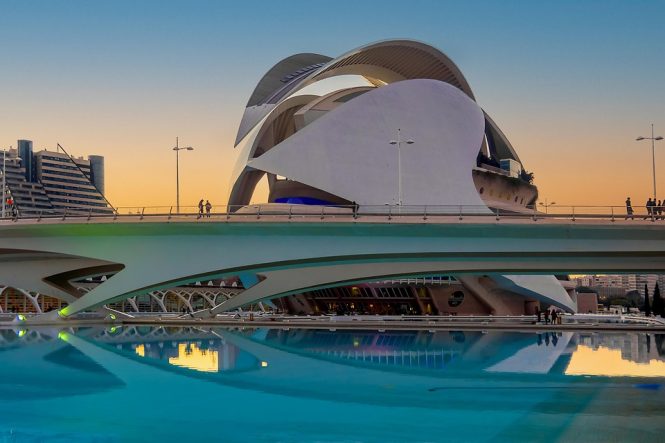
The Future of Outdoor Spaces: Trends in Modern Landscape Design
As we continue to navigate the complexities of modern life, our outdoor spaces have become an integral part of our overall well-being. No longer just a backdrop for our daily lives, outdoor spaces have evolved into an extension of our homes, providing a seamless transition between indoors and outdoors. In this article, we will explore the latest trends in modern landscape design, highlighting the innovative and sustainable approaches that are shaping the future of outdoor spaces.
Sustainability and Environmental Stewardship
One of the most significant trends in modern landscape design is the emphasis on sustainability and environmental stewardship. With the growing concern about climate change, designers are incorporating eco-friendly materials, rainwater harvesting systems, and drought-resistant plants into their designs. This not only reduces the carbon footprint of outdoor spaces but also creates a more resilient and adaptable environment.
For example, the use of permeable pavers, which allow rainwater to percolate through the surface, reduces stormwater runoff and filters out pollutants. Similarly, the incorporation of native plants, which require less water and maintenance, promotes biodiversity and supports local ecosystems.
Outdoor Living and Entertainment
The blurring of lines between indoors and outdoors has led to a surge in outdoor living and entertainment spaces. Modern landscape design now prioritizes functional areas that cater to various activities, such as outdoor kitchens, fire pits, and seating areas. These spaces are designed to be inviting, comfortable, and technologically integrated, allowing individuals to seamlessly transition between indoor and outdoor living.
The incorporation of smart technology, such as outdoor speakers, heaters, and lighting systems, has also become a staple in modern landscape design. These features not only enhance the ambiance of outdoor spaces but also provide a convenient and efficient way to control and maintain the environment.
Wellness and Mental Health
The importance of outdoor spaces in promoting wellness and mental health cannot be overstated. Modern landscape design now incorporates elements that foster a sense of calm and serenity, such as meditation gardens, yoga lawns, and sensory gardens. These spaces are designed to provide a peaceful escape from the stresses of everyday life, promoting relaxation, mindfulness, and connection with nature.
The use of water features, such as fountains and ponds, has also become a popular trend in modern landscape design. The soothing sounds of water create a calming atmosphere, while the visual aesthetic of water features adds a sense of tranquility and beauty to outdoor spaces.
Incorporating Technology and Innovation
The future of outdoor spaces is also being shaped by technological advancements and innovative materials. For example, the use of solar-powered lights, self-sustaining gardens, and smart irrigation systems is becoming increasingly popular. These features not only reduce energy consumption and maintenance but also provide a more efficient and effective way to manage outdoor spaces.
The incorporation of virtual and augmented reality technology is also being explored in modern landscape design. This allows designers to create immersive and interactive experiences, enabling individuals to visualize and interact with outdoor spaces in a more engaging and dynamic way.
Resilience and Adaptability
Finally, modern landscape design is prioritizing resilience and adaptability in the face of climate change and urbanization. Designs are now being developed to withstand extreme weather events, such as floods and droughts, while also incorporating adaptable materials and systems that can respond to changing environmental conditions.
The use of modular and flexible design elements, such as modular planters and movable seating, allows outdoor spaces to be easily reconfigured and adapted to different uses and functions. This approach not only promotes sustainability but also provides a more dynamic and responsive environment that can evolve over time.
In conclusion, the future of outdoor spaces is being shaped by a range of trends and innovations that prioritize sustainability, wellness, and technological integration. As we continue to navigate the complexities of modern life, our outdoor spaces will play an increasingly important role in promoting our overall well-being and connection with nature. By incorporating eco-friendly materials, smart technology, and innovative design elements, we can create outdoor spaces that are not only beautiful and functional but also resilient, adaptable, and sustainable for generations to come.